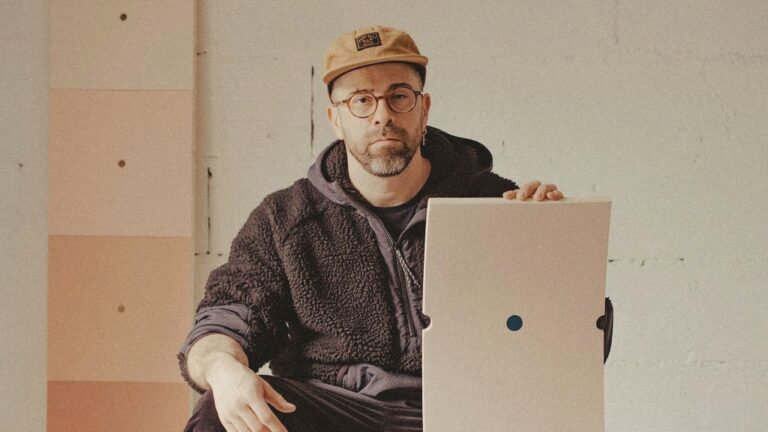
A Conversation with Alejandro Javaloyas
A Studio Visit During the La BIBI Residency
Yayoi Kusama is a Japanese contemporary artist, born in 1929 in Matsumoto, Nagano, Japan, and currently resides and works in Tokyo. Kusama is best known for her unique and colorful infinity rooms, pumpkin sculptures, paintings of polka dots, and a combination of everything above.
The Japanese artist is occupied with sculpture, installation, contemporary painting, film, performance and also with fashion, translating her visual language to various forms of art. Today, Yayoi Kusama is one of the most important contemporary artists in the world. When it comes to categorizing the oeuvre of Kusama, a vast array of movements and tendencies encompass the Japanese artist, including Conceptual Art, Minimal Art, Pop Art, Performance Art, Feminist Art and even Abstract Expressionism.
Kusama studied Nihonga painting in Japan, incorporating and reinvigorating certain aspects of traditional Japanese painting into the globalized art scene. The prospect of an experimental and promising postwar international art scene, convinced Yayoi Kusama to move to New York City in 1958. During this period, Kusama discovered several of her favorite subjects, such as the ‘Net’ paintings, Polka Dots and combining figurative imagery with minimal abstraction using mesmerizing organic patterns.
In the 70s, Kusama would return to Japan and would continue to build upon the aforementioned motives and characteristics, resulting in her dazzling infinity rooms and public sculptures. Even more, with the turn of the millennium, Kusama continues to revisit her earliest themes. Doing so, she continues to examine psychological aspects and autobiographical elements in her internationally reputed oeuvre.
The Japanese super star is represented by the world’s most influential art galleries, such as Victoria Miro, David Zwirner and Gagosian. In 1993, Kusama was selected for the Japanese Pavillion at the Venice Biennale, followed by numerous solo and group exhibitions at major institutions.
For instance, Kusama has exhibited at the Kitakyushu Municipal Museum of Art, Kitakyushu, Japan; the Center for International Contemporary Arts, New York; the Museum of Modern Art, Oxford; the Los Angeles County Museum of Art, Los Angeles; the Museum of Modern Art, New York; the Walker Art Center, Minneapolis; the Museum of Contemporary Art, Tokyo; Le Consortium, Dijon: Maison de la Culture du Japon, Paris; Kunsthallen Brandts, Odense, Denmark; Les Abattoirs, Toulouse; Kunsthalle Wien, Vienna; Artsonje Center, Seoul; the Mori Art Museum, Tokyo; the Art Park Museum of Contemporary Art, Sapporo Art Park, Hokkaido; the National Museum of Modern Art, Tokyo; the National Museum of Modern Art, Kyoto; Museum Boijmans Van Beuningen, Rotterdam; Museum of Contemporary Art, Sydney; and City Gallery, Wellington, New Zealand.
As a result, the works by Yayoi Kusama feature in renowned public and private collections, such as the Fukuoka Prefectural Museum of Art, Fukuoka, Japan; Benesse Art Site Naoshima, Japan; Matsumoto City Museum of Art, Matsumoto, Japan; Eurolille, Lille, France; Beverly Hills City Council, Beverly Hills, California; the Museum of Modern Art, New York; Los Angeles County Museum of Art, Los Angeles; Walker Art Center, Minneapolis; Tate Modern, London; Stedelijk Museum, Amsterdam; Centre Pompidou, Paris; and the National Museum of Modern Art, Tokyo.
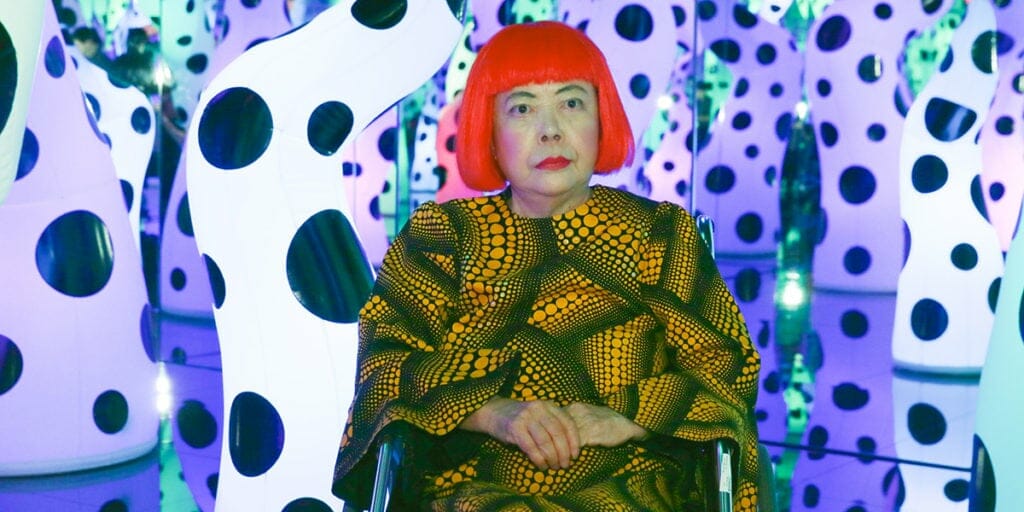
For further reading on Yayoi Kusama, we highly recommend the following titles:
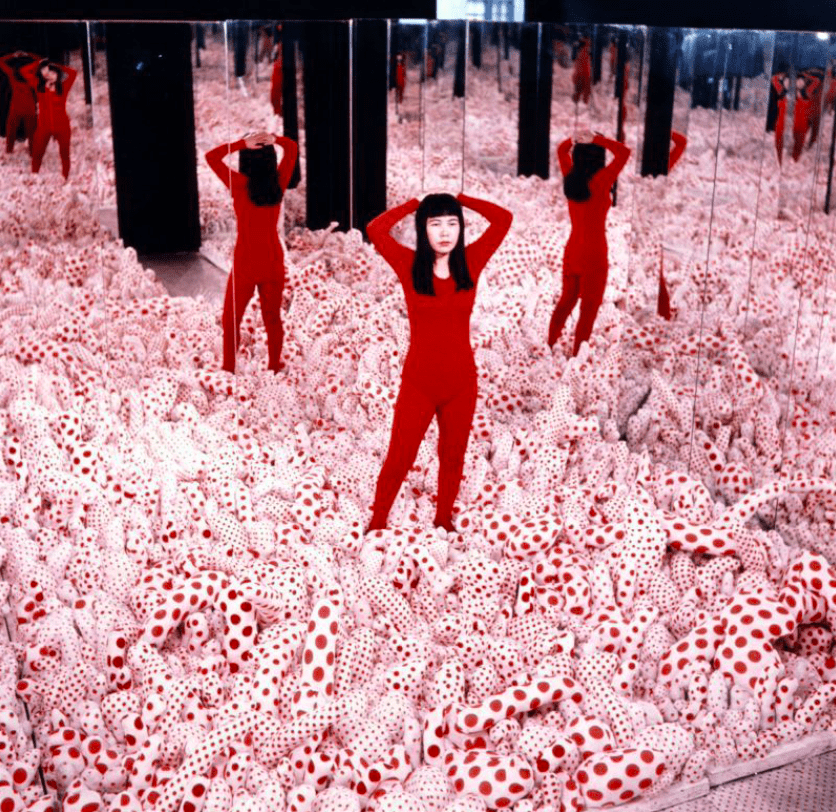
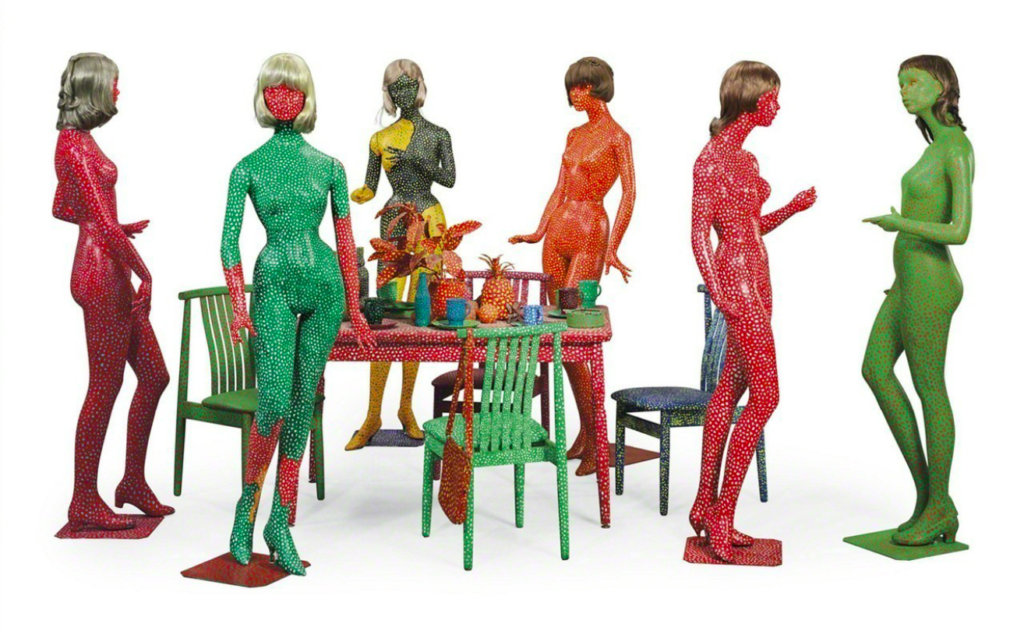
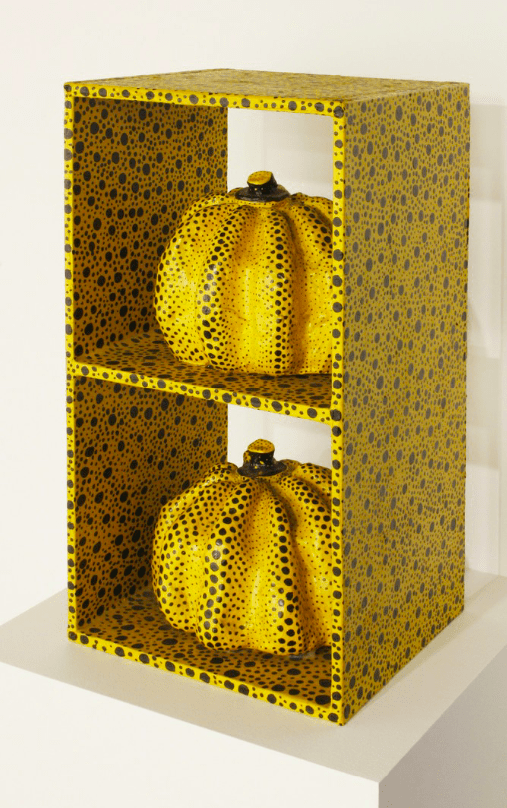
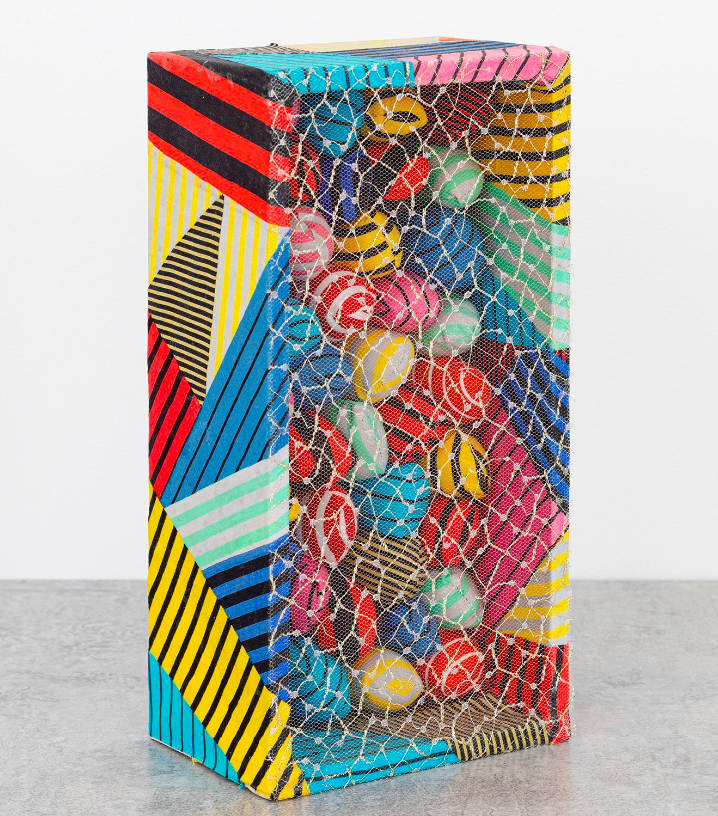

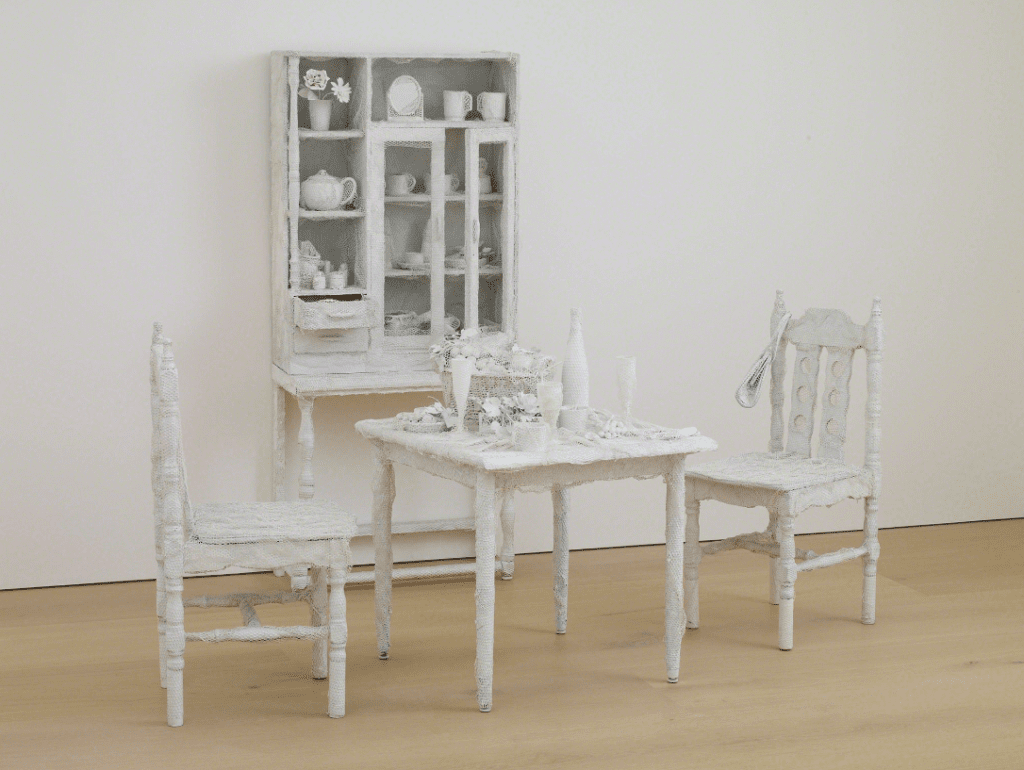
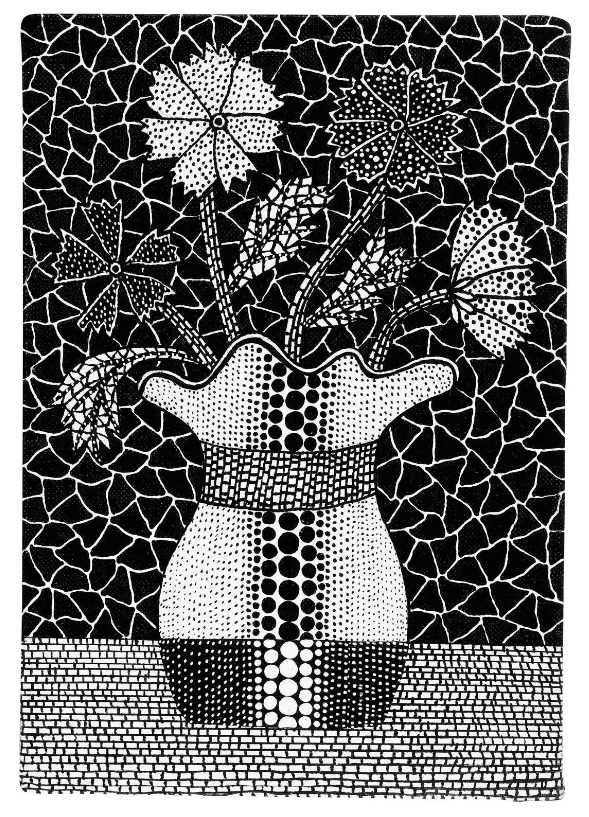
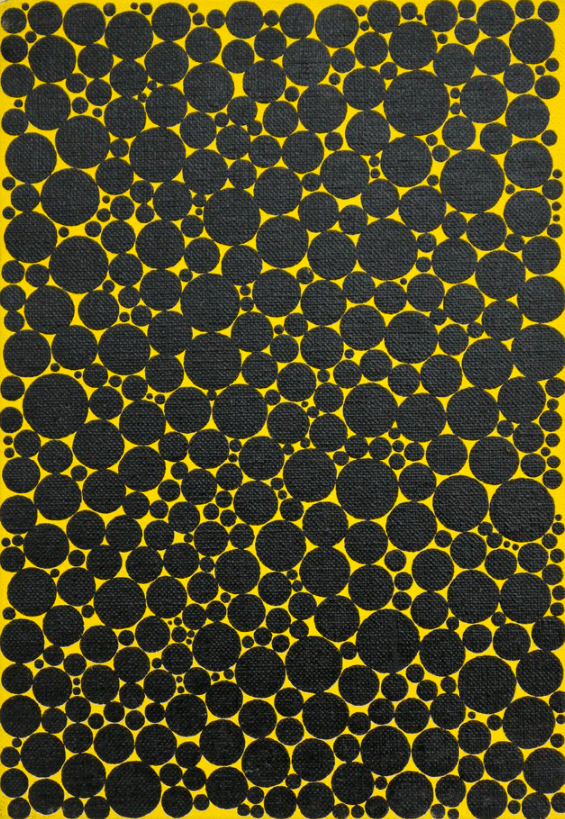
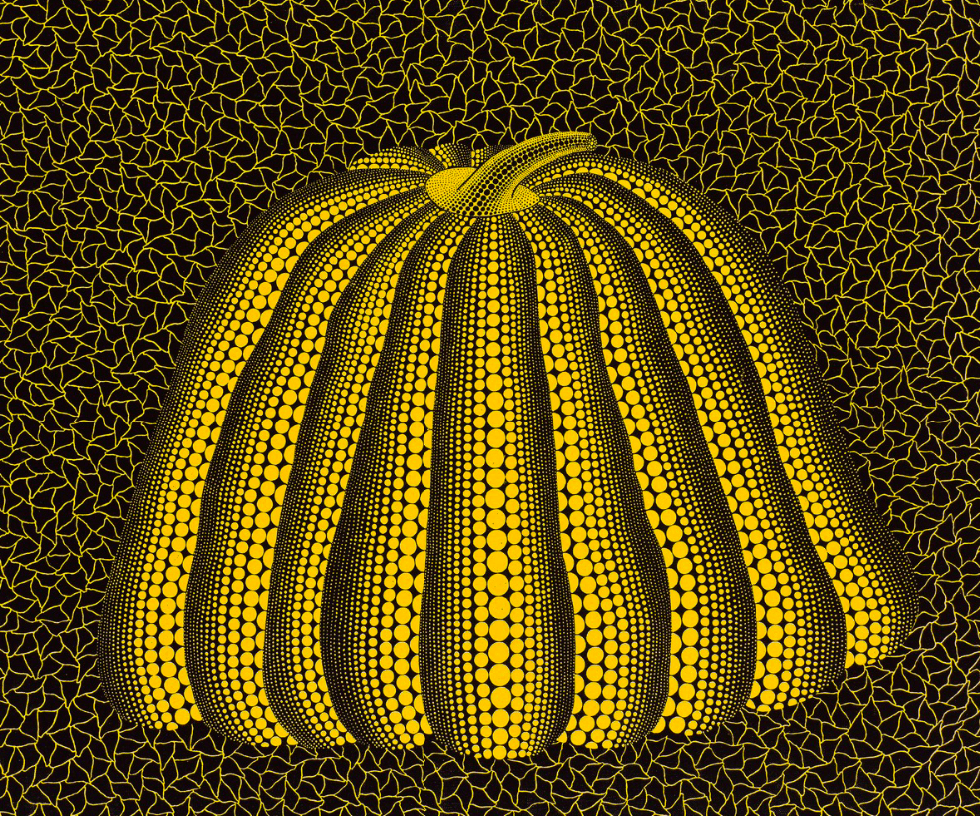
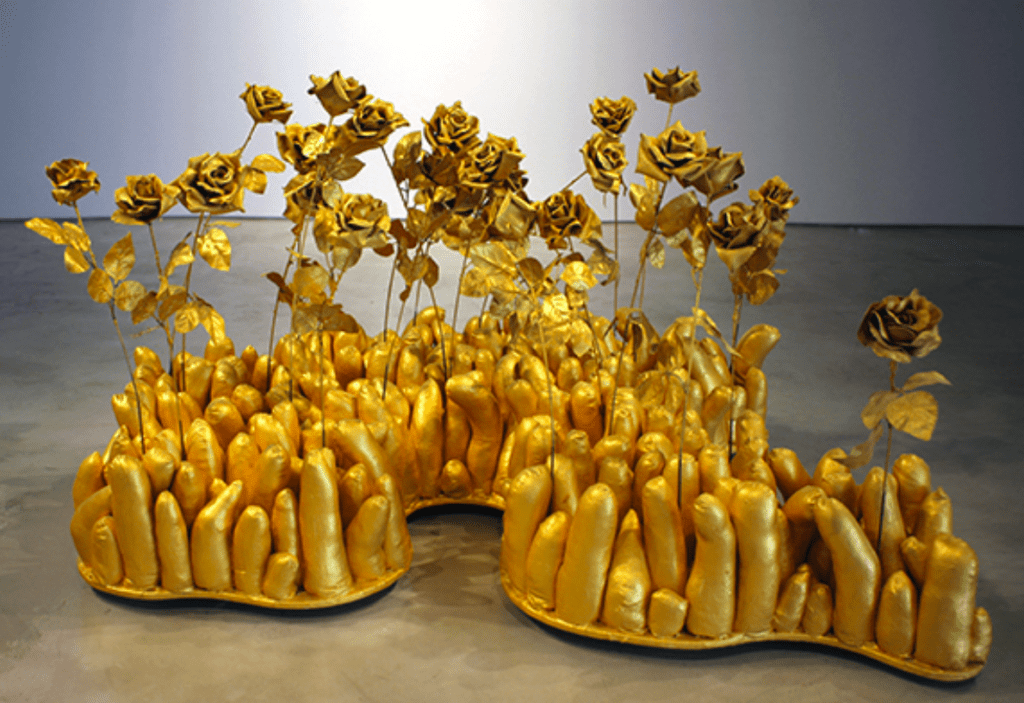
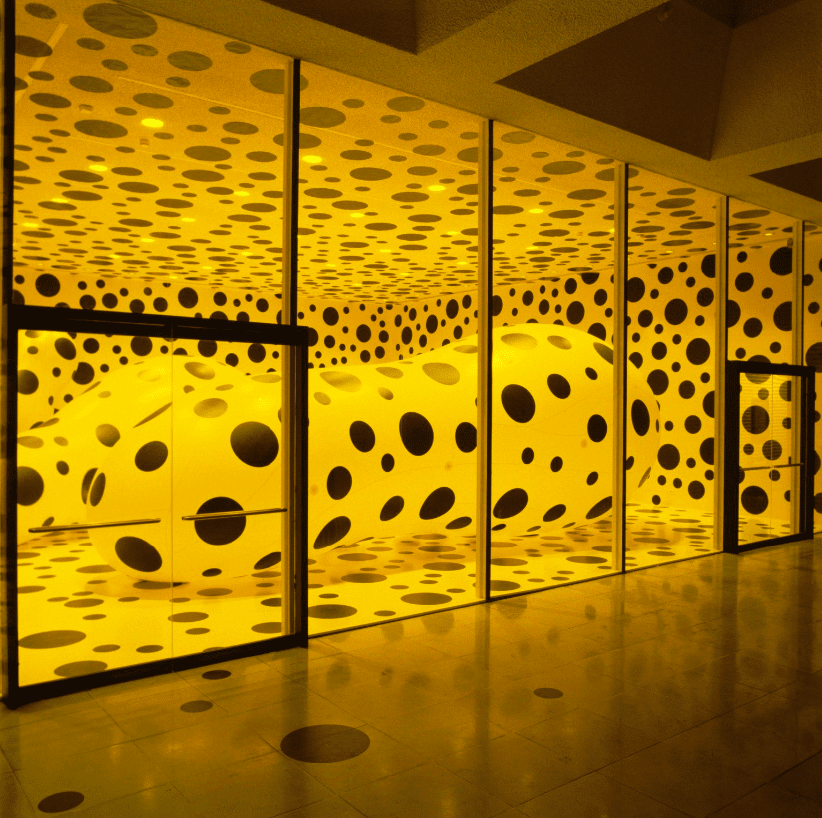
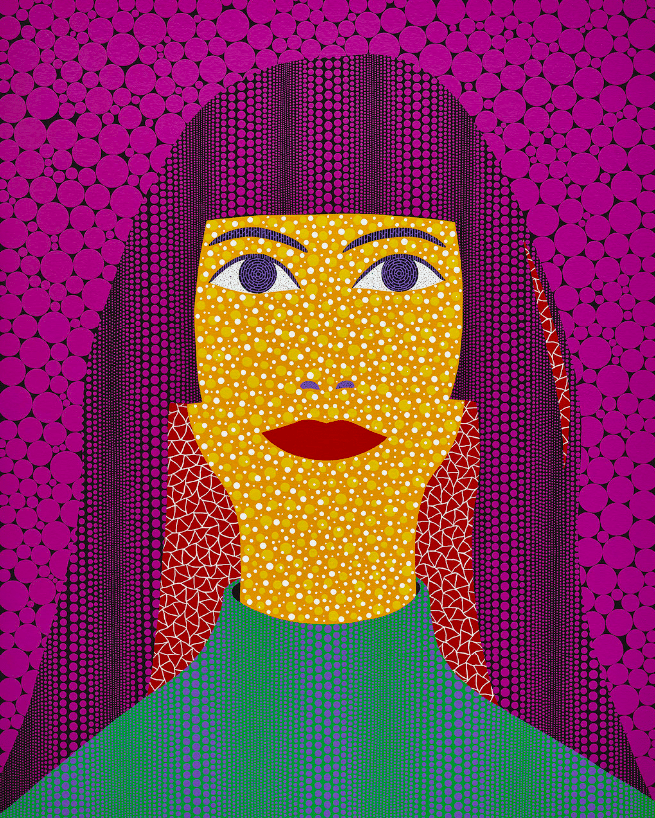
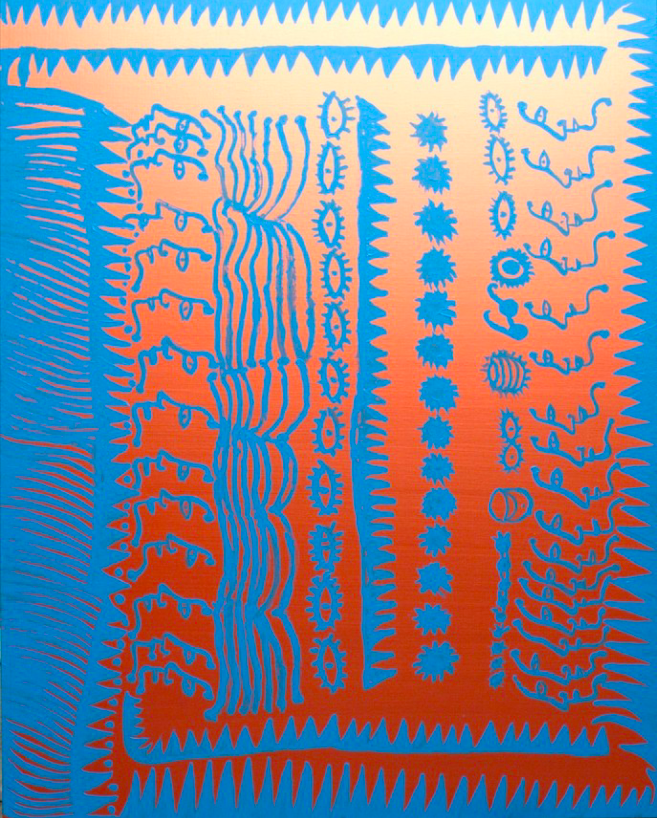
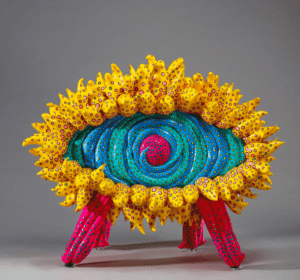
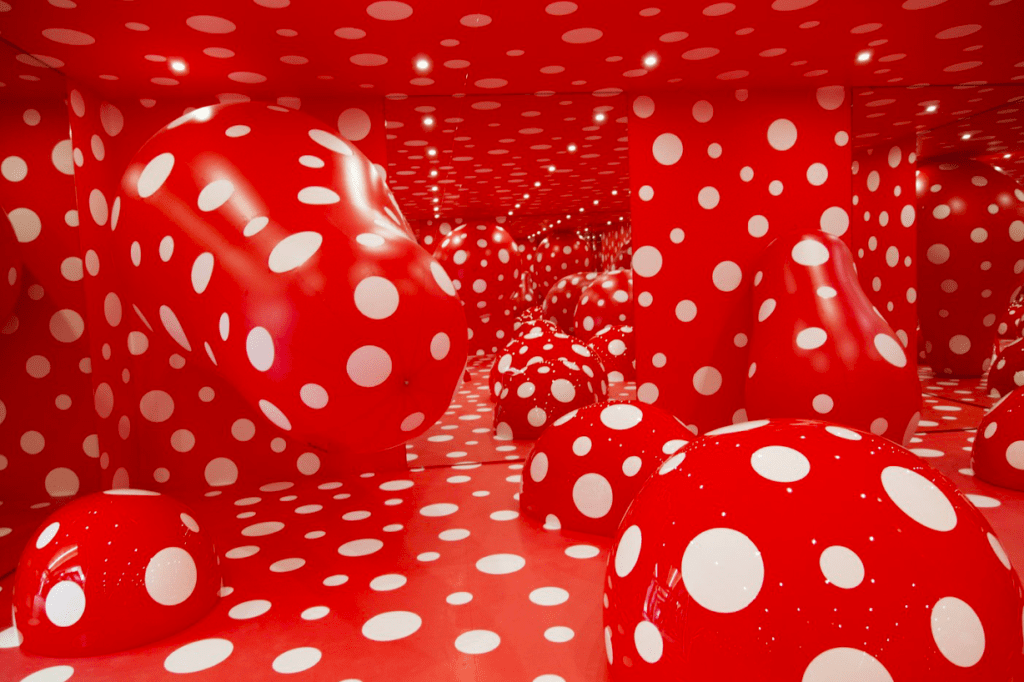
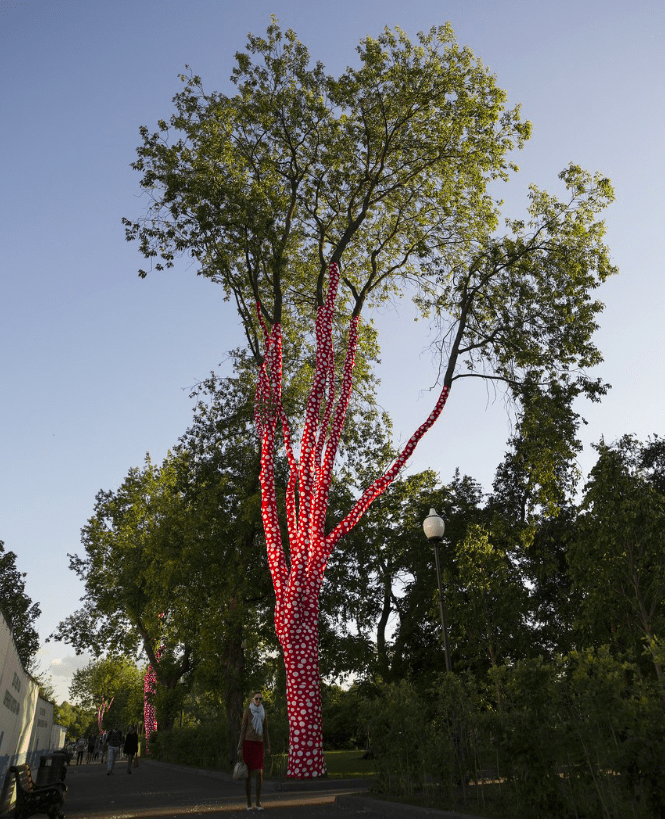
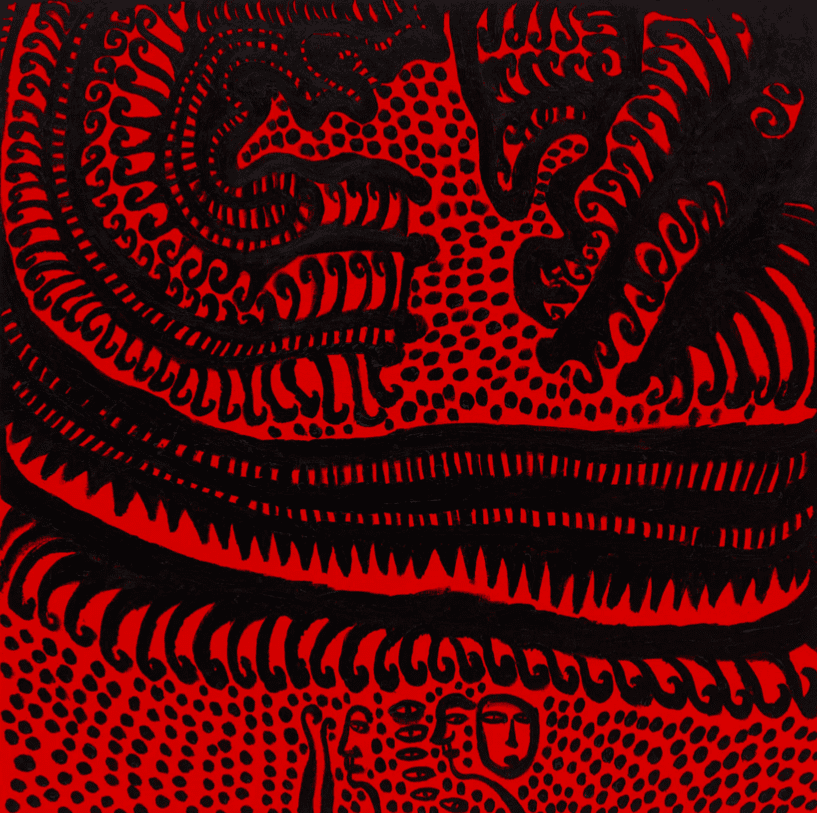
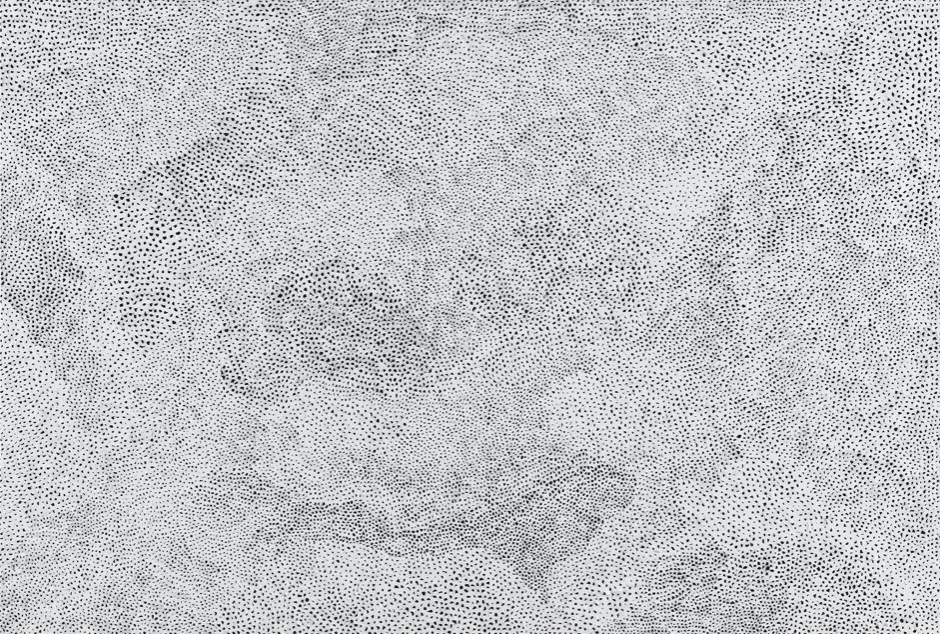
Last Updated on May 3, 2023

A Studio Visit During the La BIBI Residency
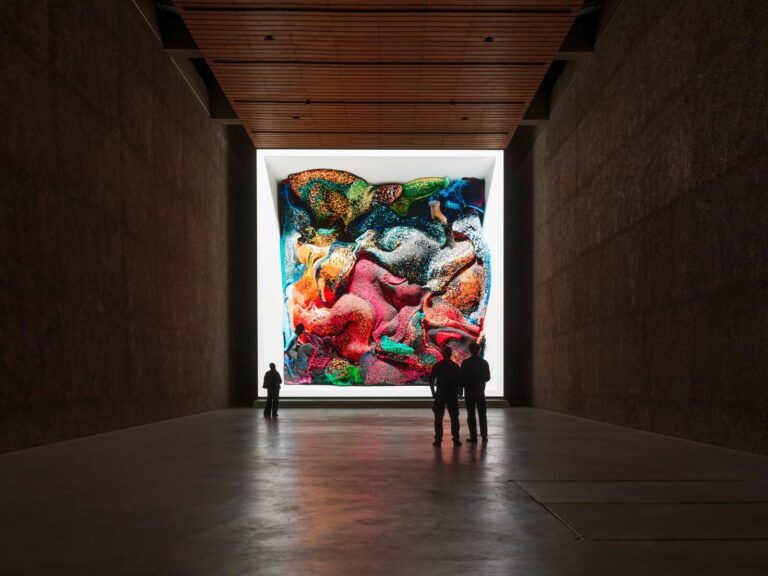
A Reasoned Anthology